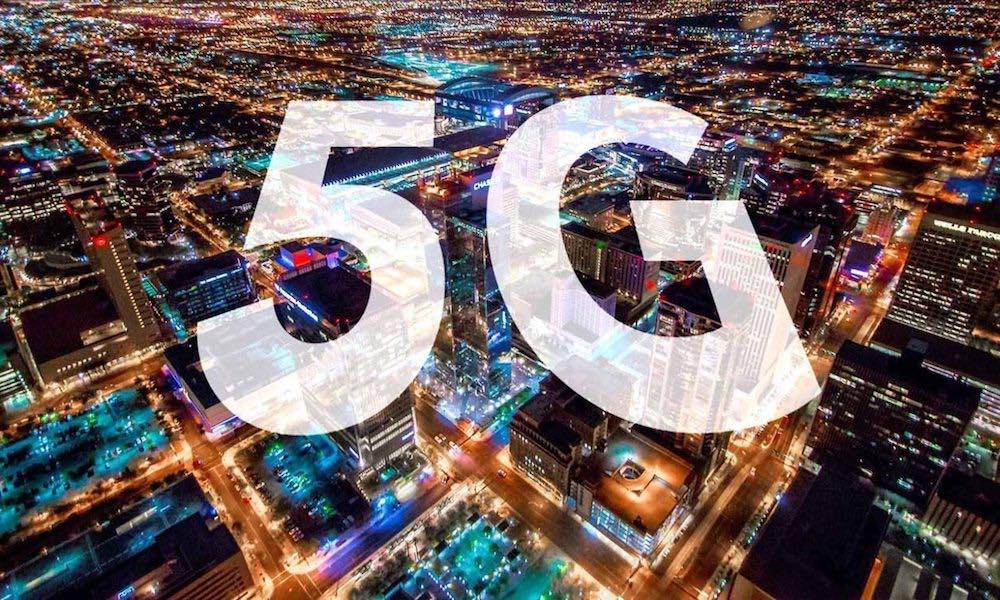The Wireless Industry Just Took a Huge Step Toward 5G
 Credit: Shutterstock
Credit: Shutterstock
Image via Shutterstock
Toggle Dark Mode
There’s now officially a standard for standalone 5G networks, bringing the industry a big step toward full deployment of the tech.
The international body that oversees cellular standards, the 3GPP, has officially approved a standalone specification for 5G networks. “Now, the whole industry is taking the final sprint towards 5G commercialization,” the organization said in a statement.
In that collective statement, representatives from more than 600 network operators, internet companies, and other industry players witnessed the “historic moment” for 5G networks.
“Two years ago, 5G was seen as a vision or even just a hype — with the closing of Rel-15, 3GPP has made 5G a reality within a very short time,” said Georg Mayer, chairman of the 3GPP CT.
Previously, the 3GPP approved a non-standalone version of 5G that piggybacked on legacy 4G and LTE networks. The new 5G specification, dubbed 5G New Radio (NR), will allow for deployment of 5G networks in areas that don’t have the suitable infrastructure.
Notably, now that non-standalone and standalone 5G specifications have finished, the work on standardizing 5G is technically done. That’s been a roadblock to full 5G deployment thus far.
5G networks are largely expected to revolutionize the way we compute and connect with the internet. It could open the door for anything ranging from ultrafast streaming of media content to networks of driverless vehicles that communicate with each other seamlessly.
A handful of firms are already preparing for the 5G future with their own network deployments, including the big four telecom firms: Verizon, AT&T, Sprint and T-Mobile.
Of course, even though the standard is “finished,” a full rollout of 5G networks is still likely several years away.
For the technology to reach consumers, the entire industry will need to create the devices, hardware, modems and infrastructure that will run on 5G networks. Once that’s finished, there’s still the issue of actually deploying 5G across the globe.
In other words, we’re a huge step closer to consumer-level 5G networks. But they’re still probably a ways off.






